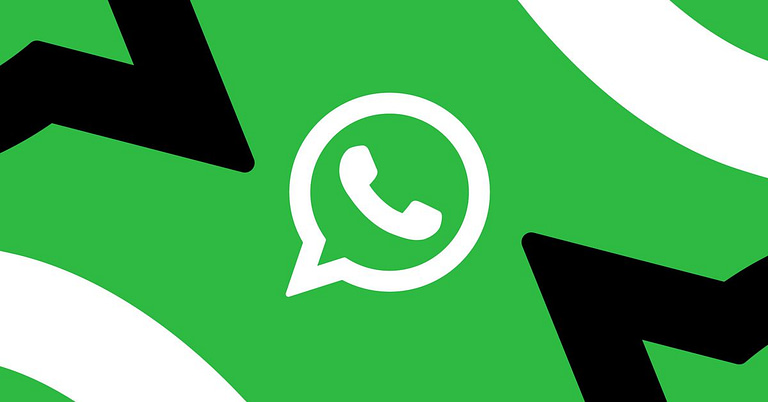As the use of artificial intelligence (AI) in cheating continues to rise, Turnitin has developed a solution to help combat this issue. The company’s AI-driven plagiarism detection system is designed to detect and flag potential instances of academic dishonesty. However, some faculty members are concerned that the technology may be too intrusive and could lead to false positives.
Turnitin’s AI-based system works by scanning student submissions for similarities between them and other sources on the internet or within its own database. If it finds any matches, it flags those submissions as potentially containing plagiarized material. It then provides instructors with detailed reports about where the matching content originated from so they can make an informed decision about whether or not there was intentional cheating involved.
The company claims that its AI-powered system is more accurate than traditional methods of detecting plagiarism because it can identify subtle patterns in text that humans might miss. Additionally, since it operates automatically without requiring manual intervention from instructors, it saves time and effort when grading assignments or exams.
However, some faculty members have raised concerns about how effective Turnitin’s technology really is at catching cheaters while also protecting innocent students from being falsely accused of wrongdoing due to accidental similarities between their work and someone else’s source material. They worry that if too much reliance is placed on automated systems like this one, mistakes could be made which would result in unfair punishments for students who did nothing wrong but simply had similar ideas as another person somewhere else on the web or even within Turnitin’s own database itself!
In response to these worries, Turnitin has implemented several safeguards into its software such as allowing users to manually review flagged content before making a final determination about whether or not there was intentional cheating involved; providing detailed explanations for why certain pieces were flagged; giving instructors control over what types of sources should be checked against student submissions; and offering additional resources such as tutorials on proper citation techniques so students can learn how best avoid unintentional plagiarism altogether!
Overall, while many faculty members are still wary of relying solely on automated systems like Turnitin’s anti-cheating tool when assessing student work for signs of academic dishonesty – especially given all the potential pitfalls associated with using such technologies – most agree that having access to an extra layer of protection does provide peace-of-mind knowing their classes will remain free from fraudulent activity! |Turnitin’s Solution To AI Cheating Raises Faculty Concerns|Technology|Inside Higher Ed






